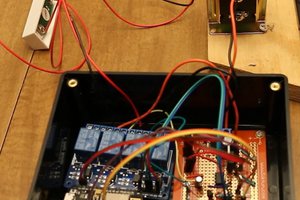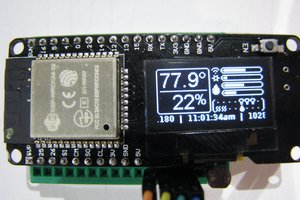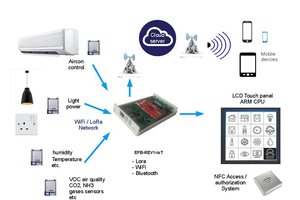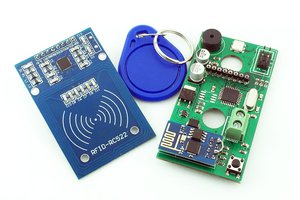Preliminary specifications:
1. 12V Power supply
2. Network connection over WiFi or Ethernet (optionally)
3. 7 digital or analog inputs which can handle 3.3v
4. 4 analog inputs tolerant to 0.5-12V
5. 3 I2C inputs
6. 18 outputs for relay connections with configurable output signal voltage: 3.3-5-12V
7. Additional power outputs with 12v, 5v and 3.3v to supply connected devices
8. Info display
9. 9 DIN rail size or wall mountable
10. Web interface for device configuration
11. Integration with popular home automation management systems like OpenHAB, HomeAssistant, Domoticz over MQTT and HTTP to give them ability to read sensors states and push control commands to connected relays
Comments are welcome
 Jason K
Jason K
 David Spinden
David Spinden
 Jeff Taylor
Jeff Taylor
 ssla-couk
ssla-couk
 Nuri Erginer
Nuri Erginer